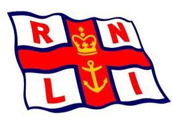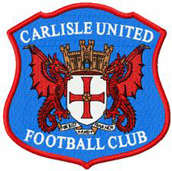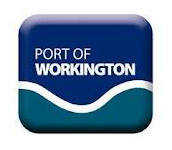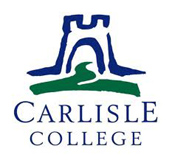- Home
- Scarrows
- Mariners
- Cumberland
- Miscellaneous
Bombay
Bombay harbour view circa 1900
History
The city of Bombay originally consisted of seven islands, namely Colaba, Mazagaon, Old Woman's Island, Wadala, Mahim, Parel, and Matunga-Sion. This group of islands, which have since been joined together by a series of reclamations, formed part of the kingdom of Ashoka, the famous Emperor of India. After his death, these islands passed into the hands of various Hindu rulers until 1343. In that year, the Mohammedans of Gujerat took possession and the Kings of that province of India ruled for the next two centuries.
In 1534 the Portuguese, who already possessed many important trading centers on the western coast, such as Panjim, Daman, and Diu, took Bombay by force of arms from the Mohammedans. This led to the establishment of numerous churches which were constructed in areas where the majority of people were Roman Catholics. The Portuguese also fortified their possession by building forts at Sion, Mahim, Bandra, and Bassien. They named their new possession as "Bom Baia" which in Portuguese means "Good Bay". This trading place slowly grew, with local people trading products such as silk, muslin, chintz, onyx, rice, cotton and tobacco. By 1626, there was a great warehouse, a friary, a fort and a ship building yard. There were also new houses for the general population, and mansions for the wealthy.
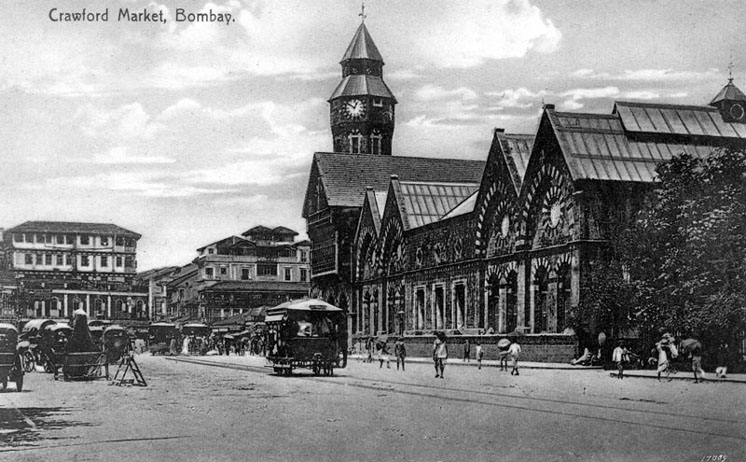
A hundred and twenty-eight years later the islands were given to the English King Charles II in dowry on his marriage to Portuguese Princess Catherine of Braganza in 1662. In the year 1668 the islands were acquired by the English East India Company on lease from the crown for an annual sum of 10 pounds in gold; so little did the British value these islands at that time. The Company, which was operating from Surat, was in search for another deeper water port so that larger vessels could dock, and found the islands of Bombay suitable for development. The shifting of the East India Company's headquarters to Bombay in 1687 led to the eclipse of Surat as a principal trading center. The headquarters stayed there until 1708. The British corrupted the Portuguese name "Bom Baia" to "Bombay". By 1675, the population was around 60,000.
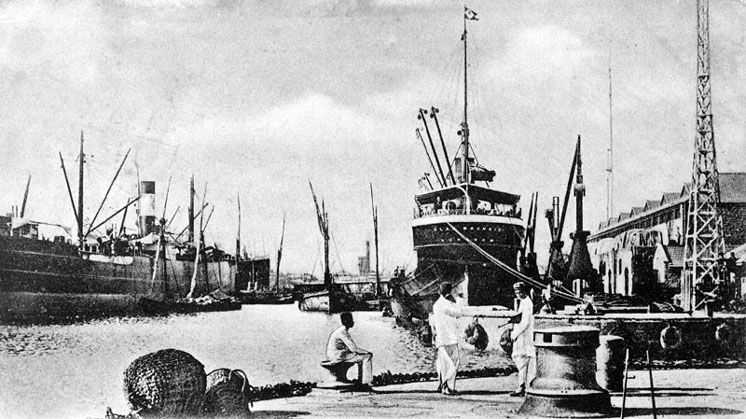
Bombay Victoria Dock, circa 1900
English, Dutch and Portuguese ship captains regularly raided and captured foreign ships, if they thought they could get away with it. In 1688, during a conflict between the English and the Mughals, fourteen Mughal ships were captured and taken to Bombay harbour. A fleet of barges was also captured. The Mughals responded: in February 1689, a force entered Bombay harbour and landed Mughal men. Since most people lived outside the Castle they rushed there for safety. The Castle was laid siege, and it did not go well for the Company. In December, men were sent to the Mughal court to seek peace. They got peace but at great cost to the Company. The population of Bombay fell to a fraction of its earlier size. Many people, both Indian and English, lost their lives. Plantations were devastated and houses destroyed. Bombay became known as a "dismal desert".
Bombay soon grew again: by the end of the 1700s it was "The Gateway to India". Early in the century the Company sent ships to patrol the sea off the Malabar (West) coast of India - it needed protection from the many dangers posed by foreign ships. The Company built up a fleet, called the Bombay Marine, which brought some peace to the West coast of India in the first half of the century. The Bombay Marine eventually became the Indian Navy. Because Bombay was a secure place offering a range of employment opportunities, people with all sorts of skills moved there to start a new life. There were goldsmiths to make fabulous jewellery, weavers to create extraordinary textiles, merchants to trade the goods, and money-lenders in case the merchants or anybody else needed cash, as well as ironsmiths, planters, and servants. Bombay did not only trade in local products; many other goods were brought from all over India and beyond. In the 1730s, ship builders moved into Bombay, creating a new industry. Raw cotton was shipped from Bombay to England where it was manufactured into cloth prior to being sent back to India for sale. In 1854 the first Indian cotton mill was opened.
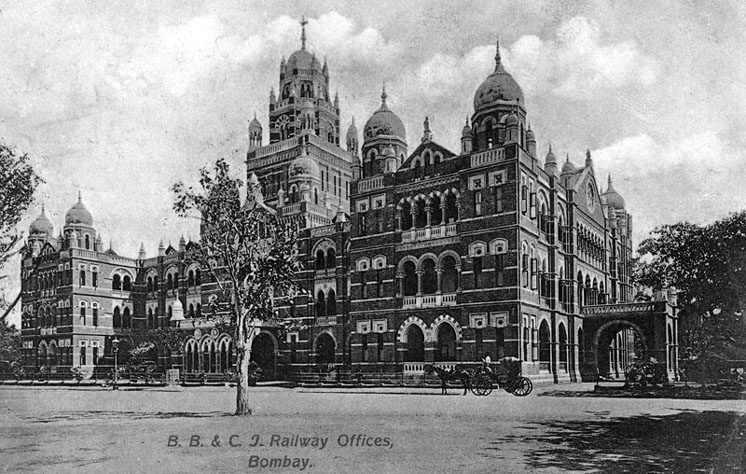
The inroads of the sea at Worli, Mahim, and Mahalaxmi turned the ground between the islands into swamps making Bombay an extremely unhealthy place at that time. During the next 40 years much was done to improve matters. Reclamation work to stop the breeches at Mahalaxmi and Worli were undertaken. The Hornby Vellard was completed in 1784, during the Governorship of Mr. Hornby. In 1803 Bombay was connected with Salsette by a causeway at Sion. The island of Colaba was joined to Bombay in 1838 by a causeway now called Colaba Causeway and the Causeway connecting Mahim and Bandra was completed in 1845 at the total cost of Rs.1,57,000 donated entirely by Lady Avabai Jamsetjee Jeejeebhoy, wife of the first baronet Sir Jamsetjee Jeejeebhoy with a stipulation that no toll would be charged to citizens for its use by the government.
The inroads of the sea at Worli, Mahim, and Mahalaxmi turned the ground between the islands into swamps making Bombay an extremely unhealthy place at that time. During the next 40 years much was done to improve matters. Reclamation work to stop the breeches at Mahalaxmi and Worli were undertaken. The Hornby Vellard was completed in 1784, during the Governorship of Mr. Hornby. In 1803 Bombay was connected with Salsette by a causeway at Sion. The island of Colaba was joined to Bombay in 1838 by a causeway now called Colaba Causeway and the Causeway connecting Mahim and Bandra was completed in 1845 at the total cost of Rs.1,57,000 donated entirely by Lady Avabai Jamsetjee Jeejeebhoy, wife of the first baronet Sir Jamsetjee Jeejeebhoy with a stipulation that no toll would be charged to citizens for its use by the government.
In 1858, following the First War of Independence (the British called it the "Sepoy Mutiny") of 1857 in which the Rani of Jhansi and her infant son strapped on her back were killed, the East India Company was accused of mismanagement and the islands reverted to the British Crown. In 1862 Sir Baartle Frere was appointed Governor, an office which he held until 1867. By 1862 the town had spread over the lands reclaimed through constructions of causeways and it is from this date we have the rise of the modern city of Bombay. The city has continued to grow. In 1864, there were 816,562 living there.
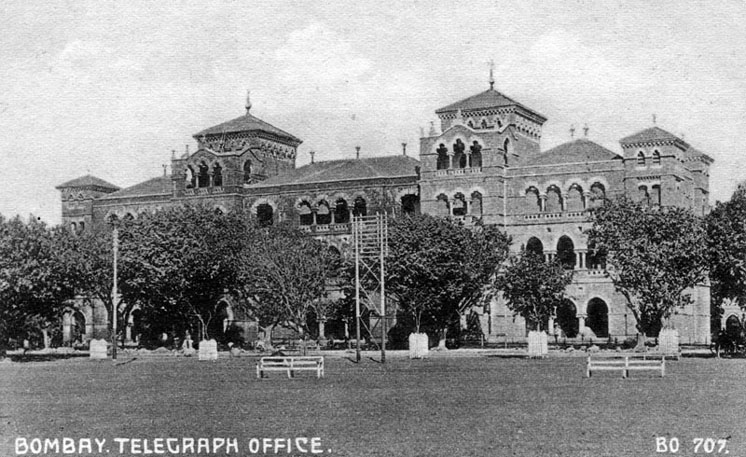
The later half of the 19th century was also to see a feverish construction of buildings in Bombay, many of which such as, the Victoria Terminus, the General Post Office, Municipal Corporation, the Prince of Wales Museum, Rajabai Tower and Bombay University, Elphinstone College and the Cawasji Jehangir Hall, the Crawford Market, the Old Secretariat (Old Customs House) and the Public Works Department (PWD) Building, still stand today as major landmarks. The Gateway of India was built to commemorate the visit of King George V and Queen Mary for the Darbar at Delhi in 1911.
The docks at Bombay are a monument of the industry, enterprise and integrity of the Wadia family which moved in from Surat at the instigation of the British. In 1870 the Bombay Port Trust was formed. In 1872, Jamshedji Wadia, a master ship-builder constructed the "Cornwalis", a frigate of 50 guns, for the East India Company, a success which led to several orders from the British Navy. In all the Wadias, between 1735-1863 built 170 war vessels for the Company, 34 man-of-war for the British Navy, 87 merchant vessels for private firms, and three vessels for the Queen of Muscat at Bombay docks. The Princess Dock was built in the year 1885 and the Victoria Dock and the Mereweather Dry Docks in 1891. Alexandra Dock was completed in 1914. The closing years of the 19th Century were tragic for Bombay as the bubonic plague caused great destruction of human life once more. One significant result of the plague was the creation of the City Improvement Trust which in later years encouraged the development of the suburbs for residential purposes to remove the congestion in the city.
The Port Trust Railway from Ballard Pier to Wadala was opened in 1915. Along this railway were built grain and fuel oil depots. The kerosene oil installations were developed at Sewri and for petrol at Wadala. In the same year the first overhead transmission lines of the Tata Power Company were erected, and in 1927 the first electric locomotives manufactured by Metropolitan Vickers of England were put into service for passenger trains up to Poona and Igatpuri on the GIP railway and later electric multiple unit (EMUs) commuter trains ran up to Virar on the BB&CI railway and up to Karjat and Kasara of the GIP railway. During the Second World War these EMUs were joined together to form long trains which carried troops and small arms and ammunition to and from Bombay to the hinterland.
The historic session of the All India Congress Committee began on the 7th of August 1942. Its venue was the Gowalia Tank Maidan, where the congress was born in 1885. It was at this session that the "Quit India" call was given by Mahatma Gandhi and other Indian National Congress leaders. The Indian leaders were arrested by the British soon afterwards but the momentum of the Quit India movement could not be stopped and led to the final withdrawal of the British on 15 August 1947. The last British troops on Indian soil left for England through the archway of the Gateway of India on that day. They bade farewell from where they had entered 282 years before. The people of Bombay, in a gesture of generosity wished them bon voyage, forgetting the bitter memories of the fight for independence. Today the maidan from where the call to "Quit India" was given is called the "August Kranti Maidan".
Imports
| Goods | Place of Origin |
|---|---|
| Clothing | Britain |
| Machinery | Britain |
Exports
| Goods | Destination |
|---|---|
| Cotton, Silk, Muslin | Britain |
| Onyx | Britain |
| Tobacco | Britain |
| Rice | Britain |
| Chintz | Britain |
Industry
| Port Industries | Other Industries |
|---|---|
| Shipbuilding | Banking |
| Ironsmiths | Cotton Mills |
| Goldsmiths |
Scarrow Associations
| Scarrow | Period |
|---|---|
| Thomas Scarrow | 1869-70 |
| Robert Scarrow | 1922-24 |

